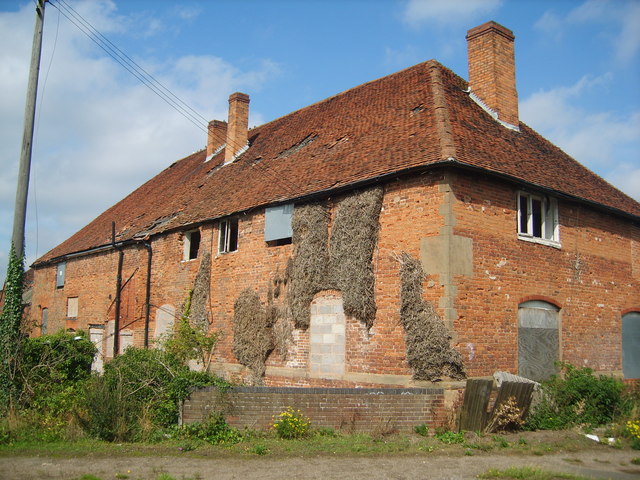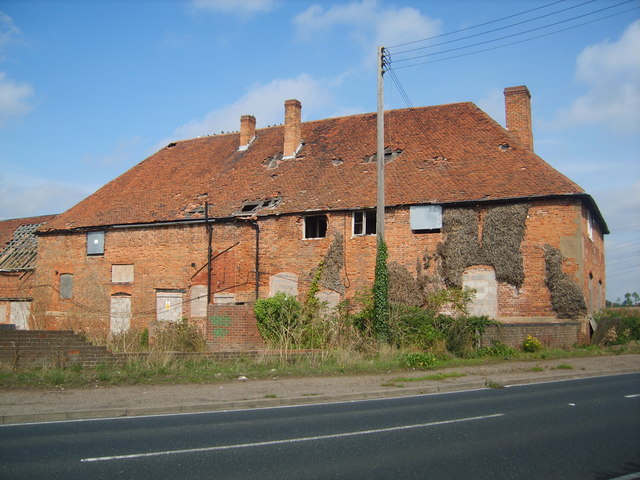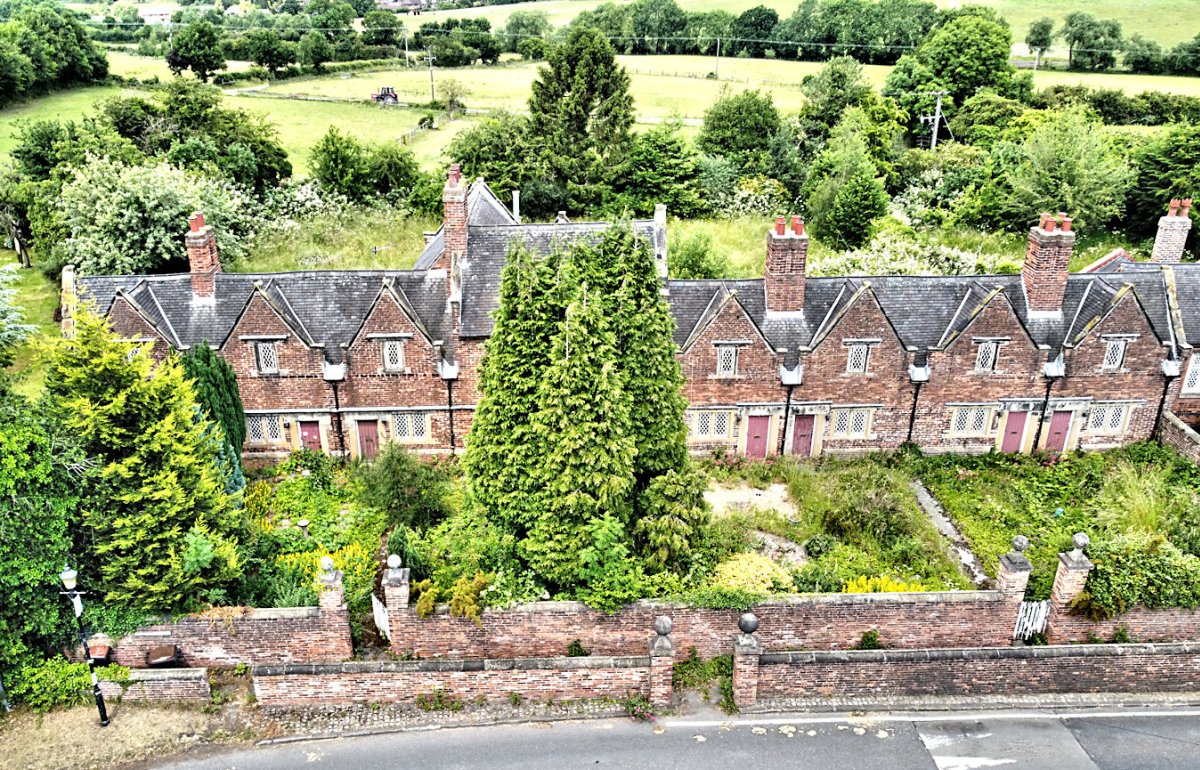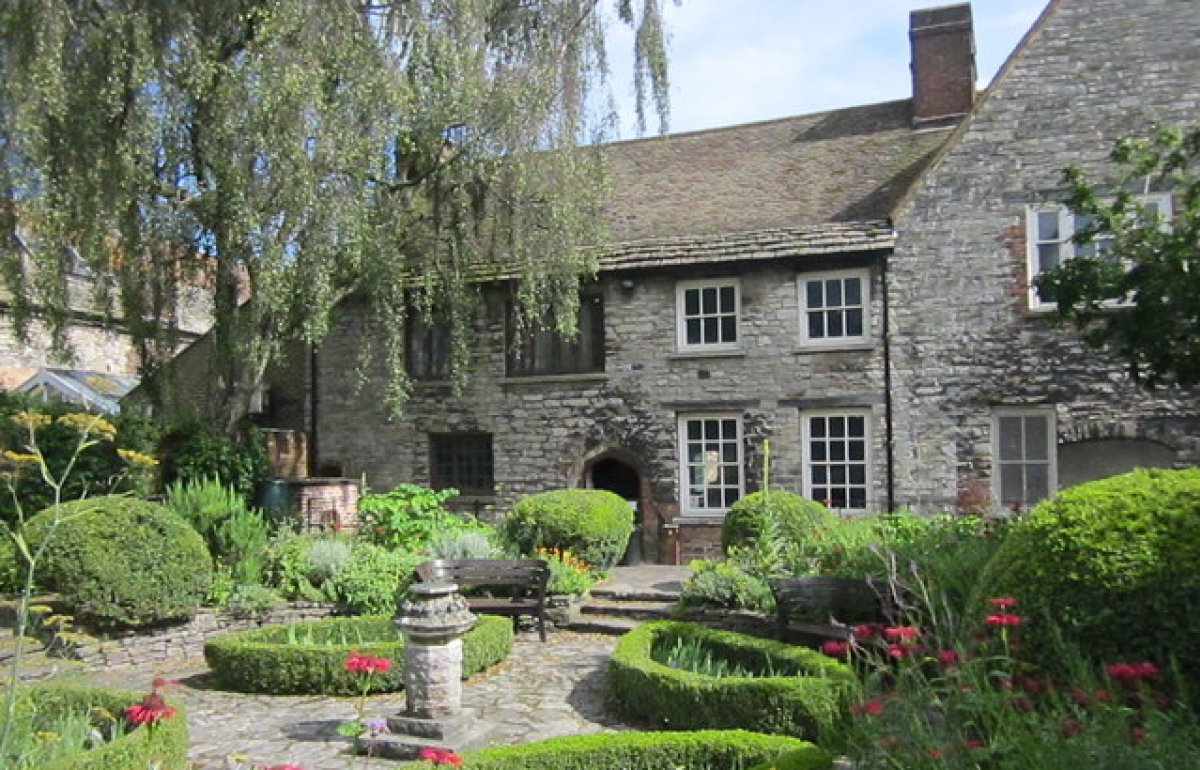Building of the month: Coleshill Hall Farmhouse, Warwickshire
Share on:
We are deeply saddened to learn of the proposed demolition of this Grade II listed late-17th century farmhouse, stables and outbuildings under proposals for the High-Speed Rail 2 scheme. Unfortunately, under the High Speed Rail Act 2017, which modified the controls related to listed buildings, we have little or no scope for objection. No matter how well this is recorded, a historic building is irreplaceable.
Our concern is that the impact on historic buildings and sites is kept to the minimum possible and that no demolition occurs until construction is ready to proceed.

Credit: Carl Baker CC BY-SA 2.0
Coleshill Hall Farmhouse demonstrates the evolution of small farm complexes. The property is divided into three buildings, the oldest of which was built in the late 17th century as a stables and coach house to the nearby Coleshill Hall. Although externally it is constructed from thin, irregular handmade bricks, internally it is timber framed and retains much of its late-17th century queen post roof with six original oak trusses, three tiers of purlins and the primary ridge piece all intact. The main house, Coleshill Hall, was abandoned by the mid-18th century and the surviving coachhouse and stables was converted into a combined farmhouse and barn some time during the mid-18th century. By the late-18th century the North Range appears to have been constructed as a cowshed with loft storage. The buildings underwent further alterations in the early-19th century following the demolition of the Hall after a significant fire. The farm buildings continued to be used and adapted and the surrounding fields grazed until the end of the 20th century when it went out of use. Since the farm buildings became redundant, they have unfortunately been subject both to vandalism and to measures to try and prevent further damage.

Credit: Carl Baker CC BY-SA 2.0
The buildings are now in a very poor state of repair, and it is understood that at present it is not considered safe to enter them for the purposes of recording. However, we think it is important that these buildings are made safe to allow the comprehensive internal recording to be undertaken, especially the timber roof structure. We are pleased to see that the timbers will be dendro-dated as we feel this is vital for understanding the chronological and regional development of vernacular building typologies.
To summarise, the Society does not support the demolition of heritage assets, even where judged by Parliament to be in the public interest, and we deeply regret that the destruction is deemed necessary. We believe that no matter how well a structure is recorded, it is not a substitute for a physical historic building. While we have no objection to pre-demolition recording, we urge that demolition does not occur until work on the line is well advanced.
Is there an old building (pre-1720) that you're concerned about? Get in touch.
Sign up for our email newsletter
Get involved


